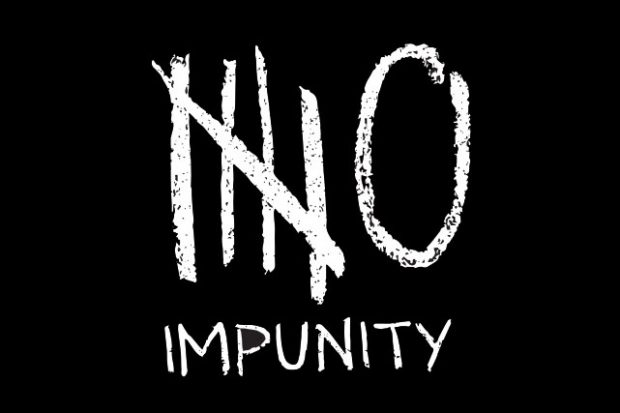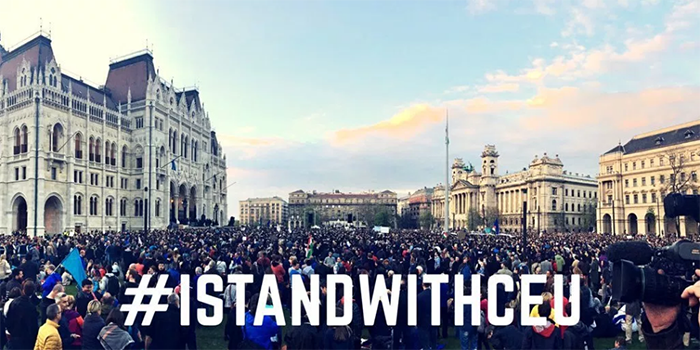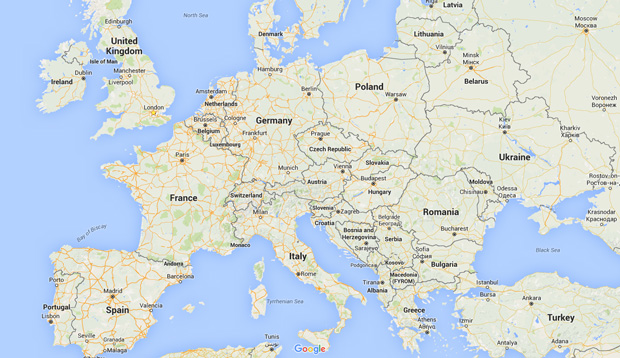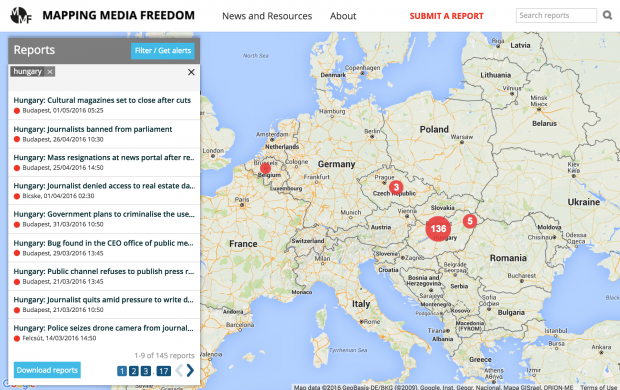In the wake of the coronavirus outbreak, Hungary’s prime minister Viktor Orbán has pushed through emergency laws that have no time limit and enormous potential to limit media freedom


In the wake of the coronavirus outbreak, Hungary’s prime minister Viktor Orbán has pushed through emergency laws that have no time limit and enormous potential to limit media freedom

Unpatriotic behaviour. Sedition. Being in the pay of shadowy external forces. Faking a neo-Nazi event. These are just a few of the charges that have recently been levelled against independent journalists by pro-government media outlets in several central and eastern European countries.

The undersigned media freedom organisations are writing to draw your attention to the deteriorating situation of press and media freedom in Hungary, in particular the recent case of Hir TV

Since 2004, over 700 journalists have been killed for their reporting. Nine out of 10 of these cases go unpunished.

As Hungary prepares for parliamentary elections, independent journalists have become a target of the pro-government media outlets

As a new law passed by Hungarian government threatens the existence of Central European University in Budapest, 70,000 people marched in protest

Index on Censorship’s Mapping Media Freedom project verifies threats, violations and limitations faced by the media throughout the Europe. Here are five recent reports that give us cause for concern.

Free Word in partnership with Index on Censorship brought together three major cultural figures from Hungary, Poland and Turkey to compare their stories and ask: is Europe just a place, or a set of values that are rapidly unravelling?

The battle to establish credible public service broadcasters in transitional democracies has been difficult.

In early April 2016, Hungarian news site vs.hu began publishing less than normal. On 25 April a dozen journalists, including editor-in-chief